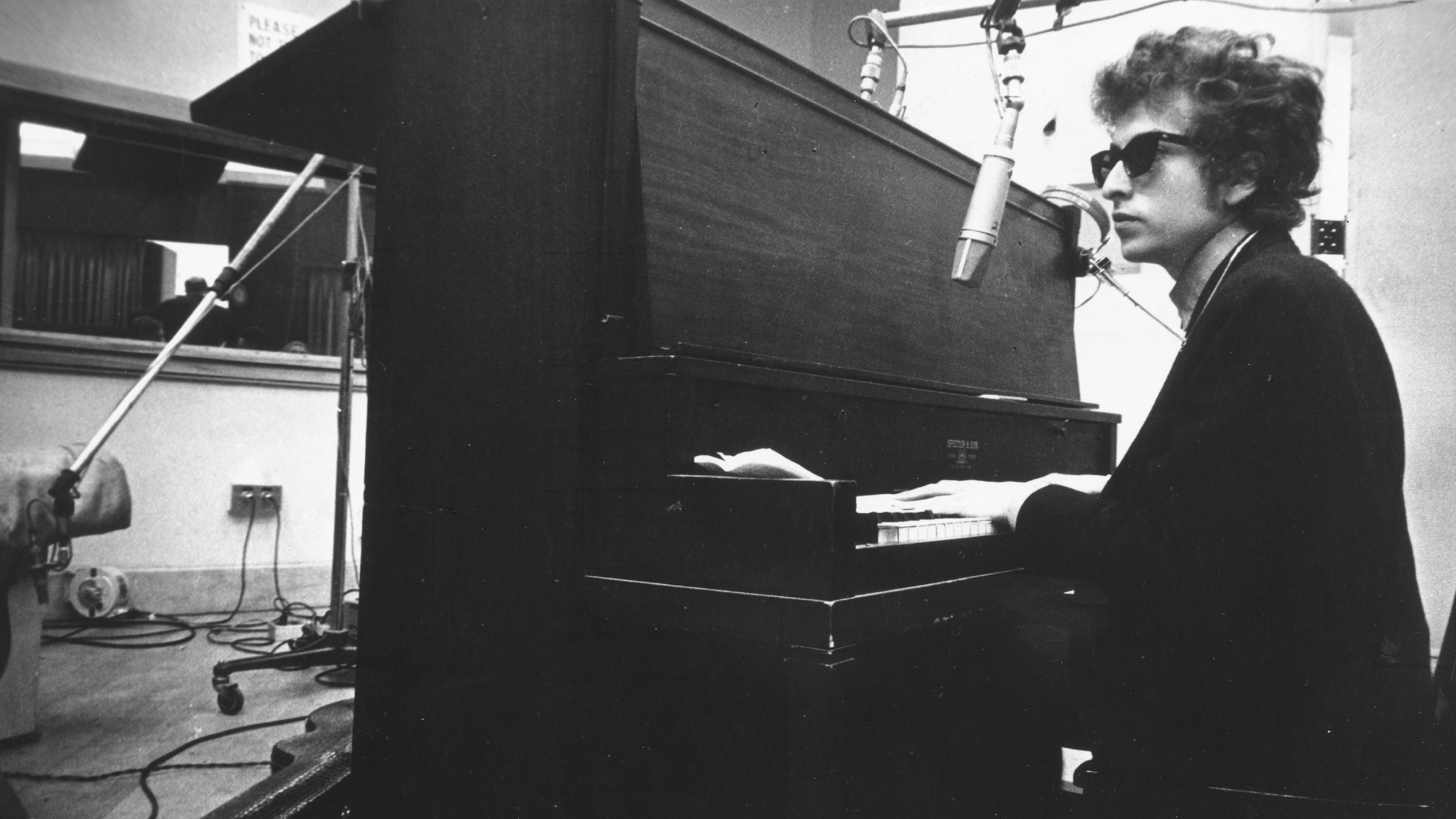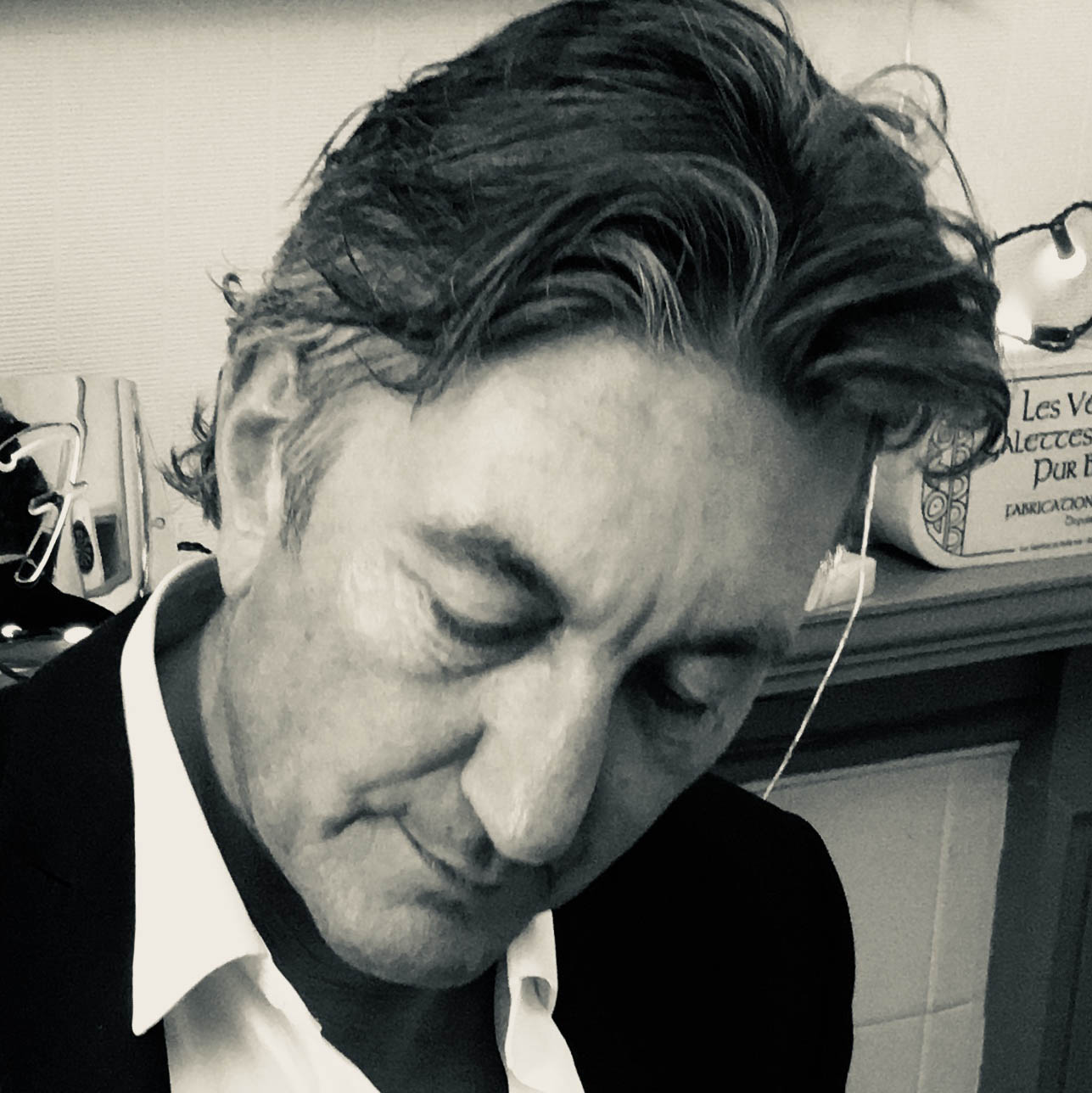“I didn’t know what was going to happen, but they certainly booed, I’ll tell you that. You could hear it all over the place”: How Bob Dylan created one of his greatest songs while controversy erupted around him
When Dylan went electric, not everyone approved

60 years ago, in July 1965, one of Bob Dylan’s most celebrated and influential songs was released.
Like A Rolling Stone was a defining statement for Dylan – and yet, when he performed the song live for the first time, he was booed by his own fans.
1965 was the year the Dylan went electric, with controversial results.
He had made his name as a folk singer with an acoustic guitar, but he knew from his rock ’n’ roll teenage years the intensity and attack that a full electric band can create – and by 1964 he was becoming struck by the soaring, jangling tones of The Beatles.
In Antony Scudato’s 1971 book Bob Dylan: An Intimate Biography, Dylan recalled hearing The Beatles while on a road trip in February 1964.
He stated: “When we were driving through Colorado we had the radio on and eight of the 10 top songs were Beatles’ songs. In Colorado! I Want To Hold Your Hand, all those early ones.
He continued: “It wasn’t just the songs’ popularity; it was the way they were being played, too. They were doing things nobody was doing. Their chords were outrageous, just outrageous, and their harmonies made it all valid. You could only do that with other musicians.”
Want all the hottest music and gear news, reviews, deals, features and more, direct to your inbox? Sign up here.
The Beatles inspired Dylan to build a bridge between rock and folk, and his fifth studio album, Bringing It All Back Home, was created in two distinct halves, the first side being electric and the second side being acoustic.
Bringing It All Back Home was the first in a trilogy of Dylan’s mid-’60s electric albums and it is a masterpiece, with stream-of-consciousness lyrics set against a backdrop of raw blues and beat poetry.
Most of the musicians on this album were session players such as guitarist Bruce Langhorne and drummer Bobby Gregg. But unlike most session players of the time, these musicians had grit, groove and attitude.
As Dylan’s producer Tom Wilson put it, these players had “the skill of session musicians and the outlook of young rock ’n’ rollers”.
Dylan unleashed an explosive imagination on songs such as Maggie’s Farm and Subterranean Homesick Blues.
Side Two, the acoustic side, opens with Mr Tambourine Man and closes with the beautiful It’s All Over Now, Baby Blue.
Bringing It All Back Home was a game-changer. In one fell swoop Dylan created a new genre of folk-rock. He had taken elements of The Beatles and transcended them to create something startlingly new and exciting.
Lyrically, this album marked a departure from politically- motivated lyrics as Dylan began questioning the folk protest movement. By 1965, he felt constrained by the expectations he felt the folk community had placed upon him.
He had a greater desire for artistic freedom and focused instead on more introspective, surreal and personal lyrical themes.
Released in April 1965, Bringing It All Back Home reached No.1 in the UK and No.6 in the US Billboard 200 chart.
And at the end of that month, April 1965, Dylan wrote the song that would become one of the most influential compositions of all time: Like A Rolling Stone.
The recording took place on 15 and 16 June 1965, and Dylan used musicians who would prove pivotal to his electric sound, such as Mike Bloomfield, the dynamic Chicago-based guitarist with the Paul Butterfield Blues Band.
Producer Tom Wilson had invited a young guitarist called Al Kooper to watch the session. But Kooper was determined to be involved and slipped relatively unnoticed into the live room, positioning himself behind the Hammond B2 organ. When the band kicked in, Kooper launched into a spontaneous organ riff that would become a crucial element of the song.
From the very first bars, there’s a real power and authority to the track. The core line “How does it feel?” creates an immediate and personal connection.
It’s been suggested the song could be about '60s socialite Edie Sedgwick, but Dylan has never confirmed this.
“It was 10 pages long,” Dylan told journalist Jules Siegel. “It wasn’t called anything, just a rhythm thing on paper, all about my steady hatred directed at some point that was honest... I had never thought of it as a song until one day I was at the piano, and on the paper, it was singing, ‘How does it feel?’ in a slow-motion pace, in the utmost of slow motion.”
Dylan edited it down to four verses and a chorus. It still had a running time of over six minutes, but it ultimately didn’t matter. Like A Rolling Stone was so unique that it existed in its own space and on its own terms.
The song was released on 20 July, 1965 and reached No.2 in the US Billboard Hot 100.
Five days later, Like A Rolling Stone had its live debut when Dylan headlined the Newport Folk Festival.
By then, his band consisted of Al Kooper (organ/bass), Barry Goldberg (piano/organ) and three members of the Paul Butterfield Blues Band: Mike Bloomfield (guitar), Jerome Arnold (bass) and Sam Lay (drums).
It was late in the evening of 25 July when Dylan walked out on stage dressed in black jeans, black boots and a black leather jacket, clutching a 1964 Fender Stratocaster.
What happened next has become the stuff of legend as Dylan and the band tore straight into Maggie’s Farm.
By the time they finished the song, there was as much booing from the crowd as there was applause.
Dylan and the band launched straight into Like A Rolling Stone before concluding their set with It Takes A Lot To Laugh, It Takes A Train To Cry and then bolting from the stage.
They had been on stage for just 17 minutes.
In a bid to placate the crowd, the organisers persuaded Dylan to go back out with an acoustic, and he played It’s All Over Now, Baby Blue and Mr. Tambourine Man.
Opinions vary wildly on exactly who booed Dylan at Newport and why, although folk purists were seemingly incensed by Dylan’s adoption of electrified rock music, which many viewed as crass and puerile.
Five months later at a press conference in San Francisco, Dylan was asked about the Newport performance again. “I didn’t know what was going to happen, but they certainly booed, I’ll tell you that,” he replied. “You could hear it all over the place...”
A few days after Newport, Dylan and his band returned to Columbia Records’ Studio A on New York’s 7th Avenue to record the album that would become Highway 61 Revisited.
This was the first album on which Dylan performed using his full electric band on every track.
Highway 61 Revisited is a seminal folk-rock classic.
Across songs like Ballad of a Thin Man, Tombstone Blues and Just Like Tom Thumb’s Blues, Dylan unveiled a musical vision that is harrowing, hilarious and epic. And the album had Like A Rolling Stone as its powerful opening statement.
Highway 61 Revisited was released on 30 August 1965 and climbed to No.4 and No.3 in the UK and US respectively.
And for his next trick, Dylan delivered an even more expansive work – the classic double album Blonde On Blonde.
The Story of Bob Dylan is on sale 7 August

Neil Crossley is a freelance writer and editor whose work has appeared in publications such as The Guardian, The Times, The Independent and the FT. Neil is also a singer-songwriter, fronts the band Furlined and was a member of International Blue, a ‘pop croon collaboration’ produced by Tony Visconti.
You must confirm your public display name before commenting
Please logout and then login again, you will then be prompted to enter your display name.

